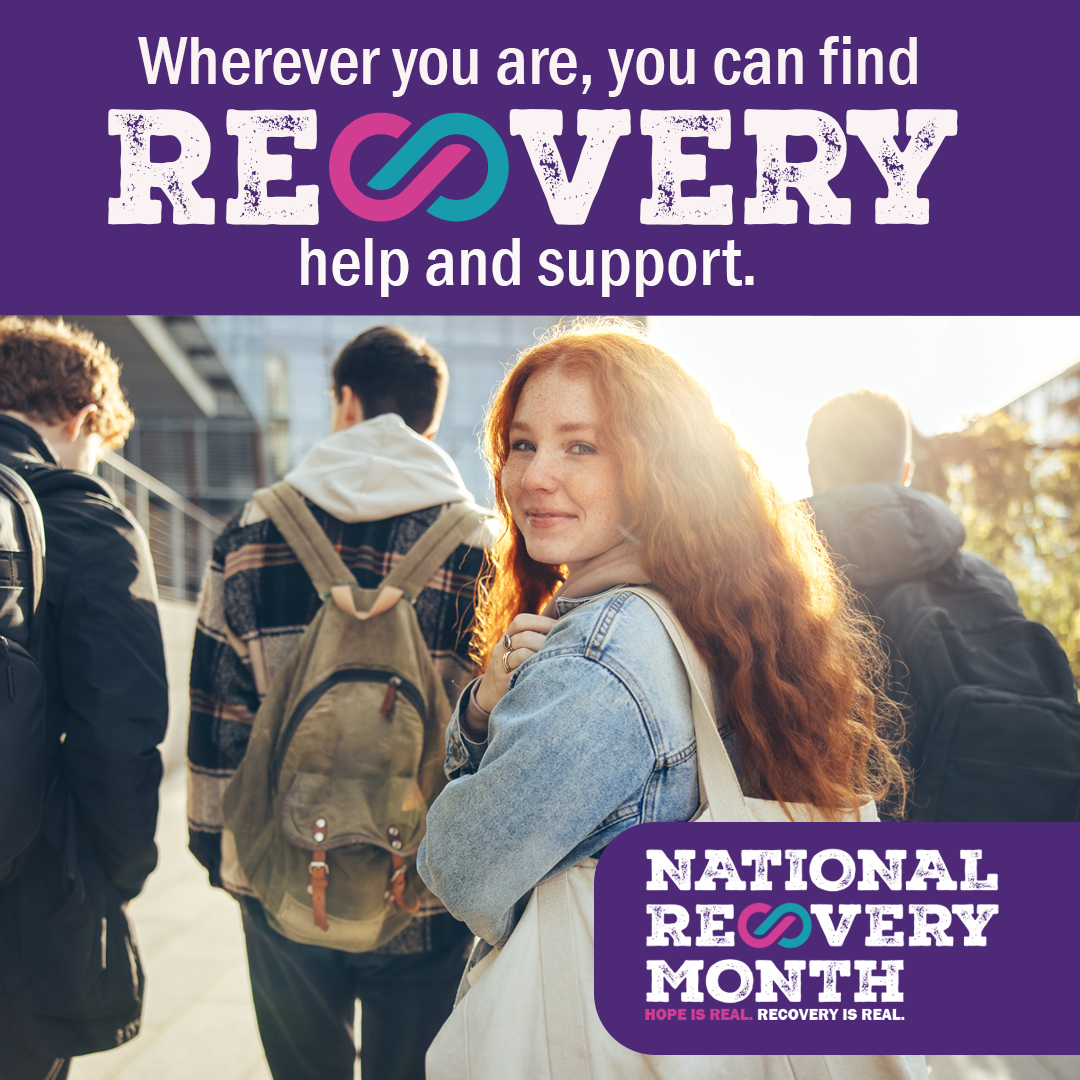How to Help Those with Opioid Use Disorder in Jails & Prisons
By now we all know that opioids like heroin, prescription painkillers, and fentanyl are deadly. What doesn’t get as much attention is the wider damage done by problem use of these substances, including losses of relationships and jobs, declining health, and financial strain. These concerns affect not only the individual but also every person close to them.

Help is available
findtreatment.gov
findsupport.gov
Treatment for opioid use disorder (OUD) is available, and it works. While certainly not the only piece of the recovery pie, three FDA-approved medications for opioid use disorder: naltrexone, buprenorphine, and methadone, have been repeatedly shown to reduce the use of opioids. Naltrexone is an opioid blocker and cannot cause addiction. Buprenorphine and methadone can, but when taken as prescribed, do not make people high or unable to handle their responsibilities. Both buprenorphine and methadone have been shown to reduce the risk of opioid-related death, and buprenorphine has also been shown to reduce the risk of death by suicide.
The more deeply someone gets into opioid use, the more likely they are to be involved in the criminal justice system. So, jails and prisons would be smart places to look for people who are suffering from an OUD and ready to start or resume recovery work. Unfortunately, research suggests that access to OUD medications in these facilities is inconsistent. Custodial staff have a duty to keep substances out. Even though it is more difficult to get illegal substances while incarcerated, it can be done. Many administrators of jails and prisons prefer naltrexone because the risk of misusing it is virtually non-existent. The OUD medication options are not interchangeable though: some work better than others for a given person. Regardless, engaging in recovery in the beginning is one of the best signs of staying in recovery, and many incarcerated persons simply do not prefer naltrexone. The time of transition for people with opioid use disorder is particularly perilous in terms of relapse and overdose, so connecting people with an upcoming release with treatment in the community is especially important.
Professional backing for comprehensive OUD medication programs for incarcerated persons is growing. The APA, which has long supported this practice, reaffirmed this in a 2020 position statement (.pdf) discouraging pharmaceutical efforts promoting a single OUD medication product in jails and prisons. Recently, I wrote about OUD medications for incarcerated people as a best practice. I believe that at least two, if not all three, forms of OUD medication should be available. Clinicians working in these settings need to carefully assess persons with an OUD or otherwise requesting OUD medication to make sure that the patient is likely to benefit from the medication, and that these benefits are greater than the risks. If the patient does not use the medicine as prescribed, rather than a punitive approach, I recommend verifying that the medicine is appropriate, and if so, changing the treatment plan accordingly.
If your loved one has an OUD and is incarcerated in a place that does not offer medication treatment, you should be aware that a mounting number of legal findings support OUD medication prescription, including a federal appellate decision in 2019 (Smith v. Aroostook) which ordered that buprenorphine prescribed in the community be continued for a woman held in a jail. I encourage anyone affected by the opioid crisis: whether patients, family members, friends, or healthcare professionals, to work towards universal access to comprehensive clinically appropriate OUD medication during incarceration and aftercare services upon release. Over 97% of people presently in jails and prisons will return to the community – solutions like these will benefit us all.
References
- Tamburello A: The case for medication for opioid use disorder during incarceration. J Am Acad Psychiatry Law 2022; 50(4)502-508
- Tamburello A, Penn J, Ford E, et al: The American Academy of Psychiatry and the Law practice resource for prescribing in corrections. J Am Acad Psychiatry Law 2022; 50(4, Suppl) S33-S35
- Williams AR, Mauro CM, Feng T: Performance measurement for opioid use disorder medication treatment and care retention. Am J Psychiatry 2023; 180(6)454-457
- Dlugacz HA: Community re-entry preparation/coordination, in Oxford Textbook of Correctional Psychiatry. Edited by Trestman RL, Appelbaum KL, Metzner, JL. New York: Oxford University Press, 2015, pp 76-81
